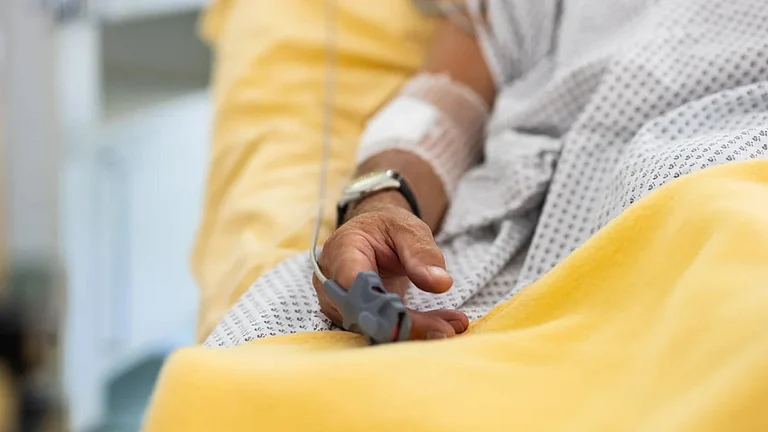Cases of norovirus in the US are on the rise, consistent with seasonal patterns, as per the latest data from the US Centers for Disease Control and Prevention.
Norovirus Cases Continue To Rise In US: Symptoms, Spread, And Preventions As Per CDC
Norovirus cases are on the rise in the US, according to the latest data from the CDC. Here are the symptoms, spread, and important prevention measures to mitigate its impact on public health.

In the week ending February 17, CDC data revealed that over 12% of tests for norovirus, a highly contagious virus known for causing gastrointestinal symptoms, returned positive results. This marks an increase from 11.5% reported the previous week. Particularly high rates of positivity are observed in the Northeast, where over 13% of tests were positive, a trend consistent since late January.
However, these rates are lower compared to the same period last season, when approximately 15% of tests were positive, both nationally and in the Northeast.
The CDC notes that outbreaks of norovirus are most prevalent during the late fall, winter, and early spring seasons.
Recent data from the U.S. Centers for Disease Control and Prevention indicates that the Northeast, notably Pennsylvania, New Jersey, and New York, has the highest positivity rate for the highly virulent strain.
What is the Norovirus?
According to the CDC, norovirus is the primary cause of acute gastroenteritis, commonly referred to as a stomach bug, in the United States. It results in 19 million to 21 million illnesses annually, with outbreaks frequently occurring in crowded settings like nursing homes, day care centers, and cruise ships. It can infect anyone and spreads rapidly and easily.

How does Norovirus spread?
Transmission can occur through direct contact with an infected individual, consumption of contaminated food or liquids, or contact with contaminated surfaces followed by touching the mouth with contaminated fingers.
The norovirus is notably insidious due to its highly contagious nature, with just a few particles being sufficient to induce illness. Moreover, individuals infected with the virus often remain contagious for weeks after their symptoms have alleviated.
Children are particularly prone to spreading the contagion, which has affected numerous schools and day-care centers in the Northeast.

Norovirus Symptoms
The CDC has outlined the most common symptoms of norovirus, which include:
Diarrhea
Vomiting
Nausea
Stomach pain
Fever
Headache
Body aches
These symptoms may lead to substantial fluid loss and potential dehydration.
These complications typically manifest within 12 to 48 hours after exposure and can last for up to three days.
Norovirus Treatment & Precautions
While there is no specific treatment for norovirus, experts advise consuming plenty of fluids to prevent dehydration.
To reduce the risk of illness, the CDC recommends practicing proper hand hygiene, washing fruits and vegetables, and ensuring thorough cooking of shellfish.
Meanwhile, individuals who have contracted the virus are encouraged to stay home and refrain from preparing food for others while ill and for two days following recovery.
In January, the US Food and Drug Administration issued a warning against the sale and consumption of certain oysters from Baja California and Mexico due to potential norovirus contamination.
In December, more than 200 suspected cases of norovirus were associated with a sushi restaurant in North Carolina.
- Previous Story
 US Elections 2024: Tim Walz, JD Vance To Go Head-To-Head In VP Debate | Key Issues To Watch Out For
US Elections 2024: Tim Walz, JD Vance To Go Head-To-Head In VP Debate | Key Issues To Watch Out For - Next Story

























